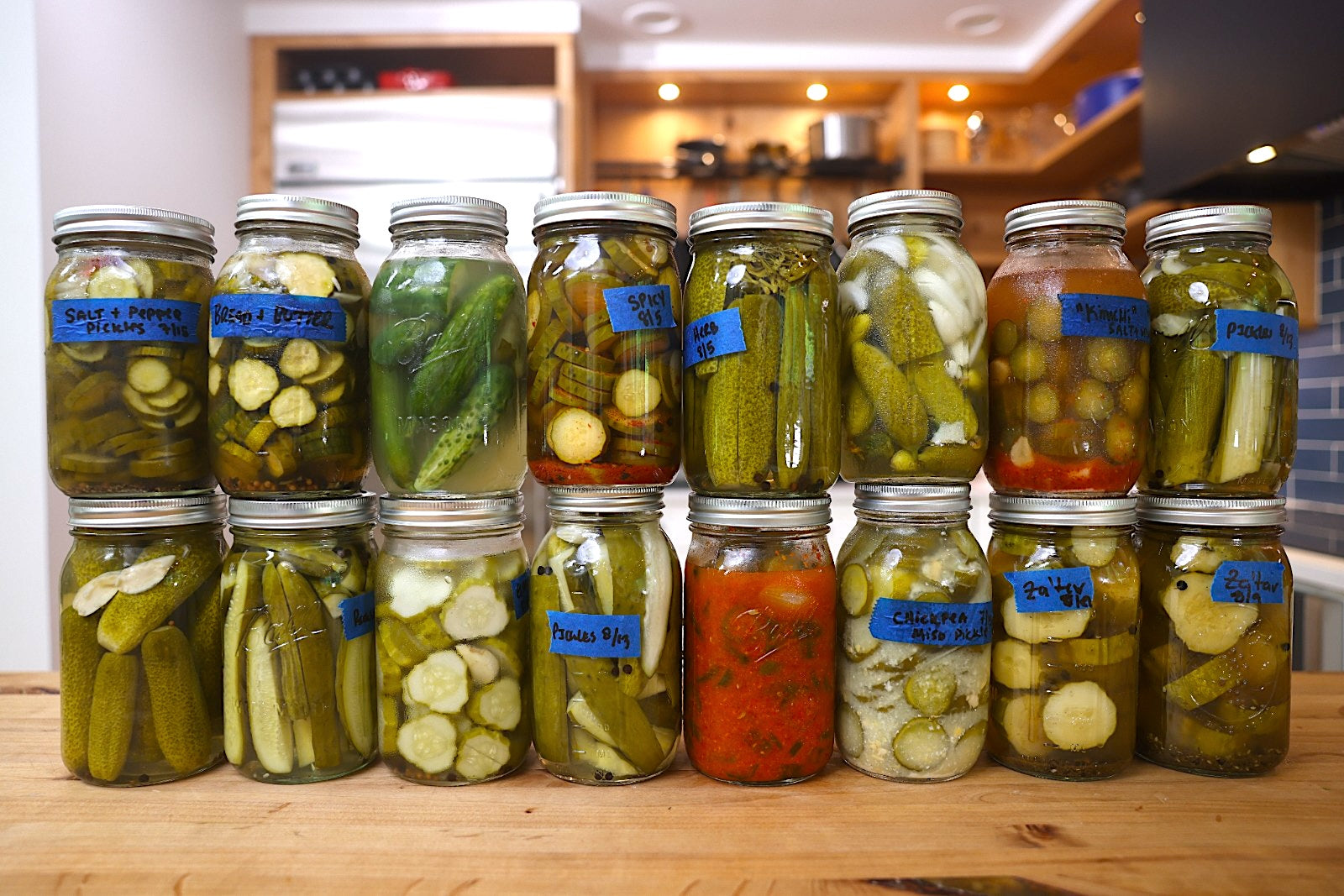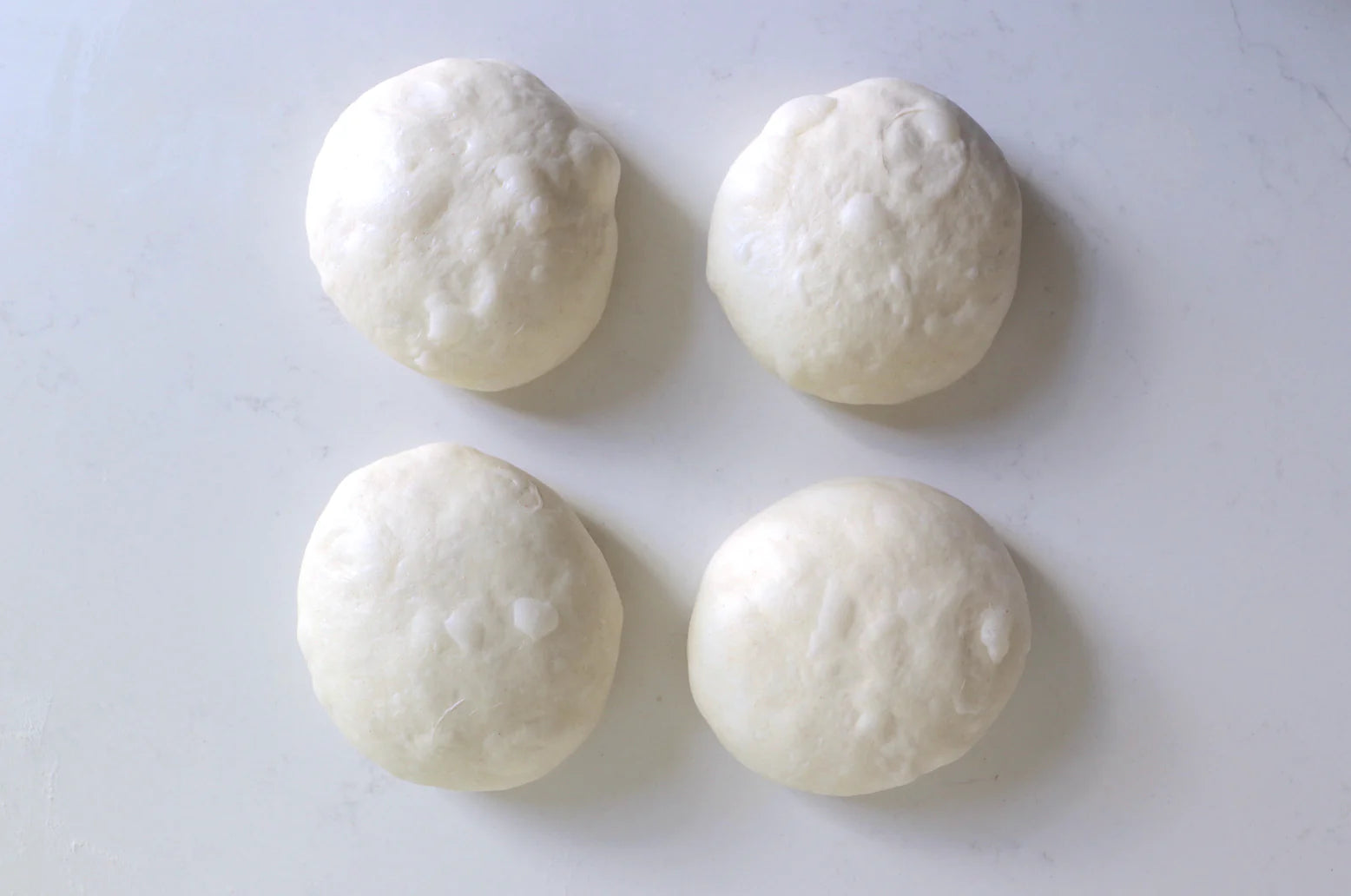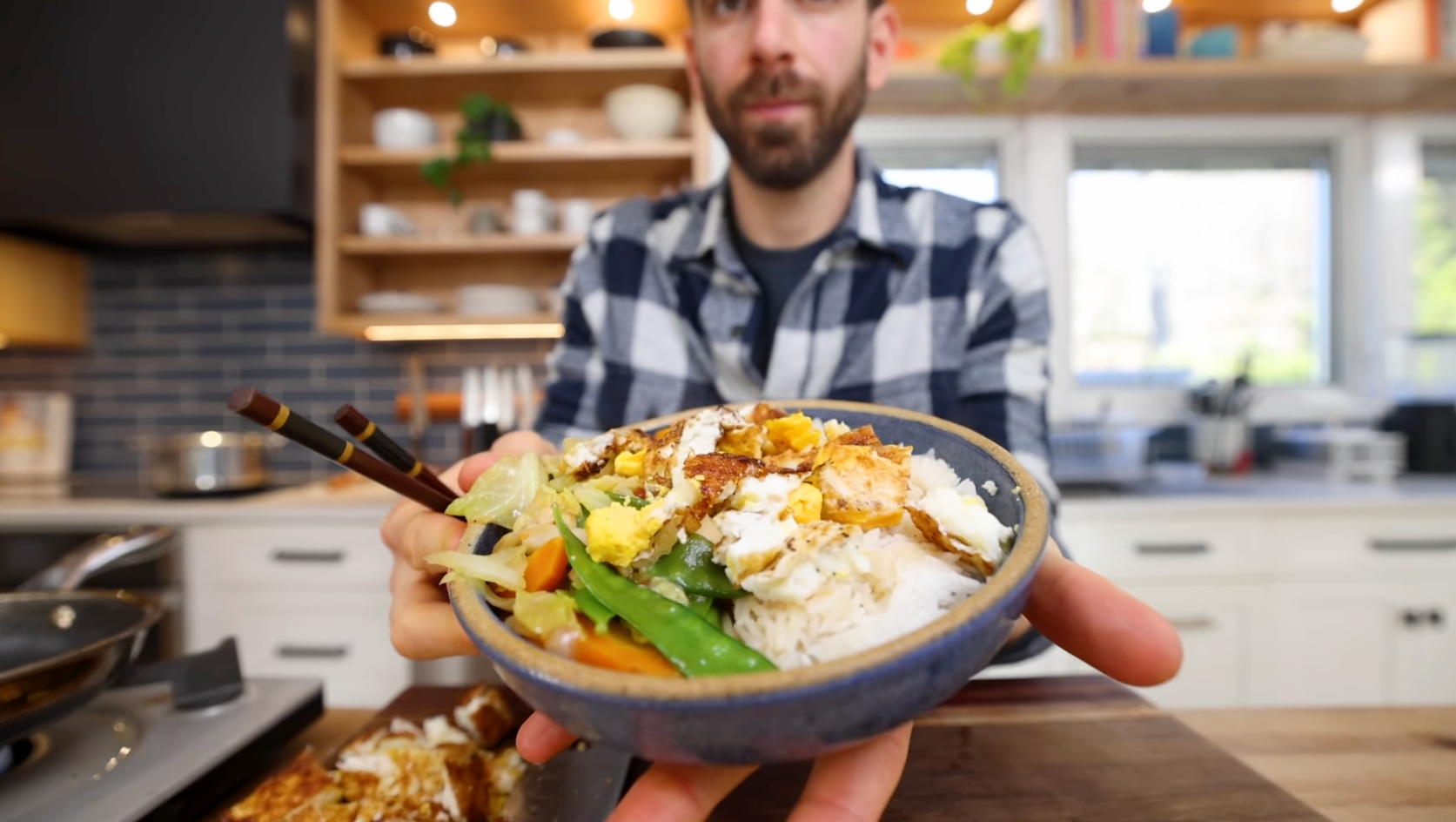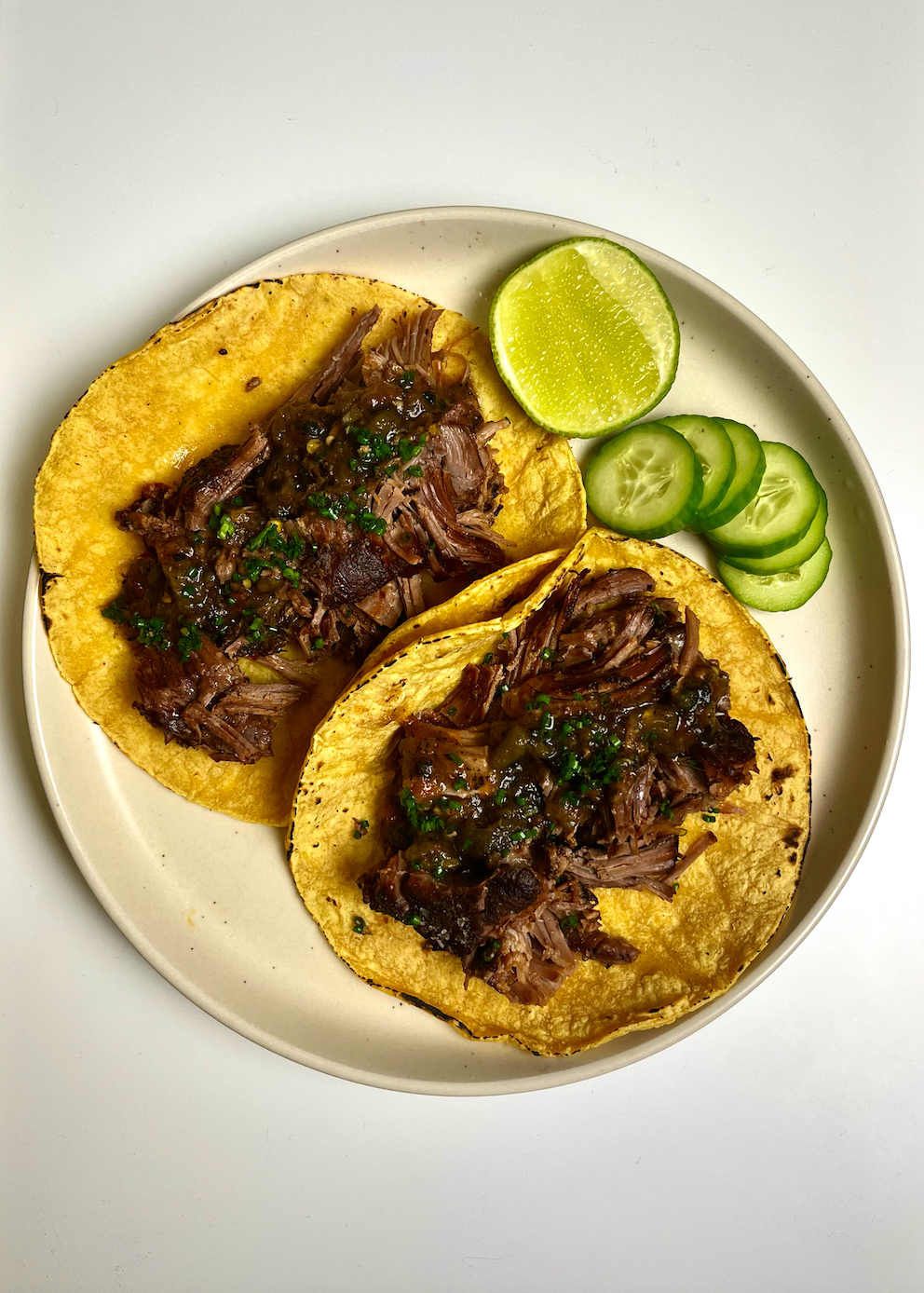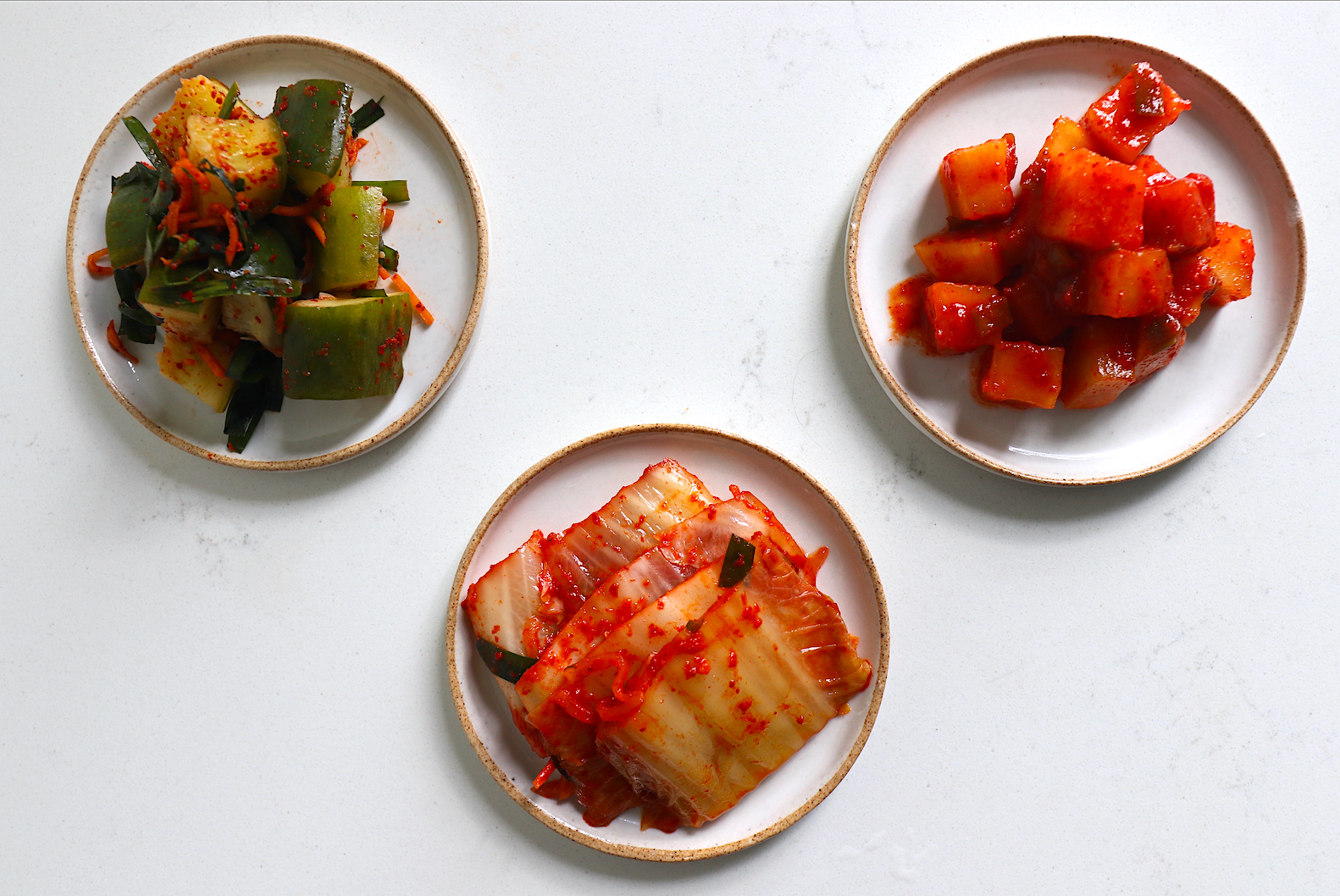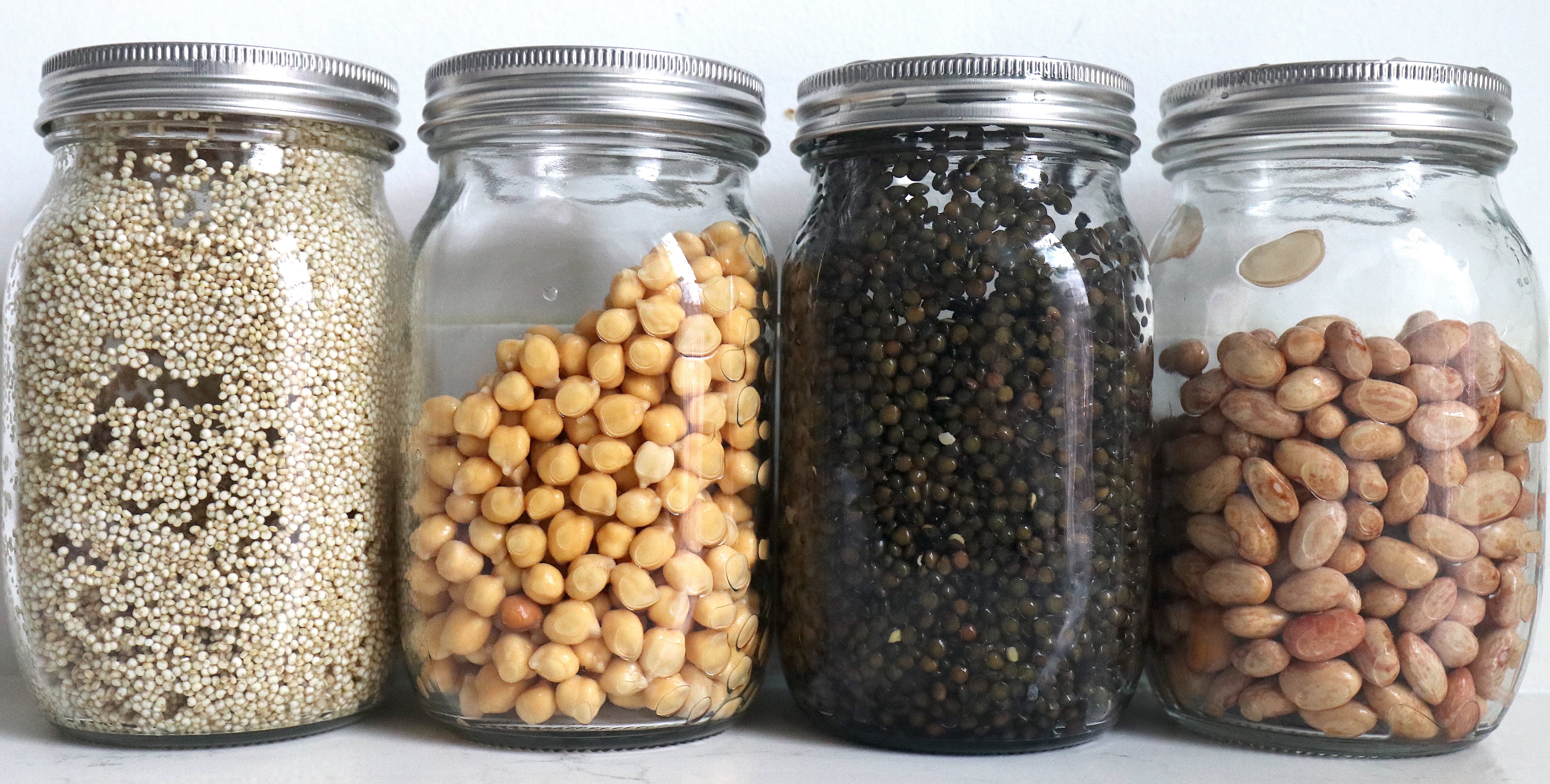
How To Make Sprout At Home (With Sprouting Chart!)
By Alex C
Senior Food Writer at Pro Home Cooks
I journeyed into the world of sprouts and here’s what I learned.
Sprouts are a superfood packed with tons of vitamins, nutrients, and fiber but the best part is that they are much easier to digest than their non-sprouted counterparts. This is because the anti-nutrients such as phytates which bind to the nutrients making them difficult for your body to absorb and enzyme inhibitors which make them difficult to digest, begin to break down and mitigate as they soak in water and sprout.

Watching something sprout is a magical process to watch. It's a slow and gentle transformative process that awakens a seed from its dormancy. They are also super easy to make and chock full of unlocked nutrients in foods that you already make and love. So if you are someone who has a hard time digesting a type of grain or legume I suggest trying to sprout them before you do away with them entirely. The best part is that they’re insanely easy to make and can be made anytime of the year. They don’t take up too much space, they only require a jar with a mesh lid or if you have jars already just get the mesh lids, and need very minimal sunlight!

There are three main types of sprouts you can make: Legumes, seeds, & grains. Any bean like lentils, chickpeas, or mung will fall under the legume category. Things like sesame, alfalfa, and mustard all fall under seeds. Lastly, items like quinoa and millet will be placed under grain. The commonality between all three is that they will sprout under the proper conditions… hence the name sprouts!

Although the process for each sprout is somewhat similar to each other, they all have different flavors and different applications. Legume will most likely need to be cooked and will taste the exact same as what you know them to be. They will just have the added sprouted benefits. Grains and seeds, on the other hand, can mostly be eaten raw. For example, unsprouted quinoa* will need to be cooked but sprouted quinoa can be eaten raw! Pretty cool, huh?

One of the main worries of growing your own sprout is getting E.coli. This happens when the seed itself has been contaminated so the best way to avoid this is to buy from a reputable source as well as buying organic. The chances of this are very low so I would recommend that you take the precaution just to be safe.

* Quinoa contains a high concentration of saponins which can cause a strong allergic reaction to some*
TOP ARTICLES
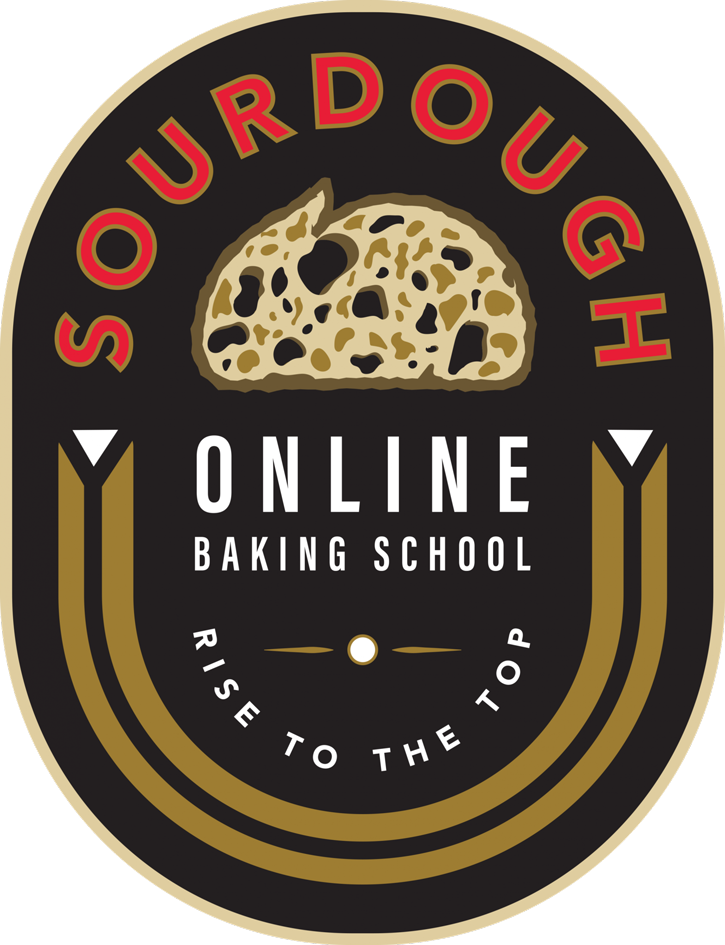
Sourdough Baking School
Master the art of sourdough bread baking in the most comprehensive baking class on the internet. This class features over three hours of baking content to help you start your sourdough journey.
See More


